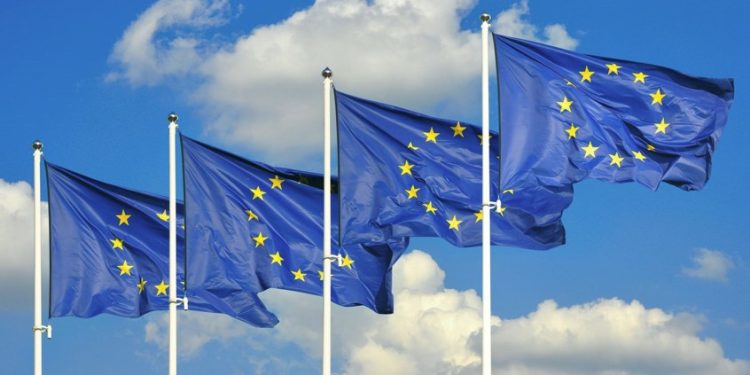National Energy and Climate Plan Assessment Report
The European Union releases National Energy and Climate Plan assessment report, aimed at measuring the progress of the EU’s energy transition and climate action, as well as whether it can achieve the 2030 energy and climate goals.
The European Union has released the Clean Industrial Deal, aimed at transforming decarbonization into a driving force for industrial growth, providing incentives for energy intensive and clean technology industries to achieve net zero by 2050.
Related Post: EU Releases Clean Industrial Deal
Carbon Emission Assessment
The EU plans to reduce greenhouse gas emissions by 55% by 2030 (based on 1990), and current member states’ national energy and climate plans will reduce greenhouse gas emissions by 54% by 2030, which is basically achievable. The EU plans to capture 50 million tons of carbon dioxide by 2030, and based on current projections, EU will capture 42.4 million tons of carbon dioxide by 2030, slightly below the target.
The European Union plans to release the European Climate Adaptation Plan in 2026, providing member states with scientific risk assessment methods. The EU will also support the development of the carbon dioxide capture market, promote member states to achieve the Net Zero Industry Act, and propose the Industrial Decarbonization Bank to raise 100 billion EUR to support the development of clean technologies.
Renewable Energy and Energy Efficiency Assessment
The EU plans to increase the proportion of renewable energy to 42.5% by 2030 and strive to reach 45%, which is the core content of the European Green Deal and the Affordable Energy Action Plan. The national energy and climate plans of EU member states are expected to increase the proportion of renewable energy to 41% by 2030, which is an increase from the 2019 version (33%) and may reach 42.6% in an optimistic scenario.
The EU plans to reduce energy consumption by 11.7% by 2030 to lower energy costs and enhance market competitiveness. The overall energy consumption of the European Union has been continuously declining since 2021, and it is expected that energy consumption will decrease by 8.1% by 2030, which is still far from the current target. With the goal of net zero by 2050, the EU needs to triple the energy efficiency of current buildings, but only a few member states have increased their long-term renovation strategies, while most remain aligned with the 2020 strategy.
Climate and Energy Investment Assessment
To achieve the 2030 climate and energy goals, the EU needs to invest 570 billion euros annually in the energy system from 2021 to 2030. Due to limited public support, the EU needs to utilize private capital to supplement the funding gap. Most EU member states estimate funding needs in their national energy and climate plans, but rarely explicitly estimate the level of public sector funding support and discuss how to mobilize private sector investment, which may lead to a decrease in transparency in long-term investment plans.
By 2035, the size of the EU clean energy market is expected to double, reaching 1.9 trillion euros. Most member countries have provided measures to promote net zero projects and clean technology development but lack a 2030 clean energy investment target. In terms of circular economy, most member countries have incorporated necessary circular economy strategies and actions but rarely quantify the impact of these actions on the economy.
Reference:
Communication Delivering the Union’s 2030 Energy and Climate Objectives
ESG Advertisements Contact:todayesg@gmail.com








